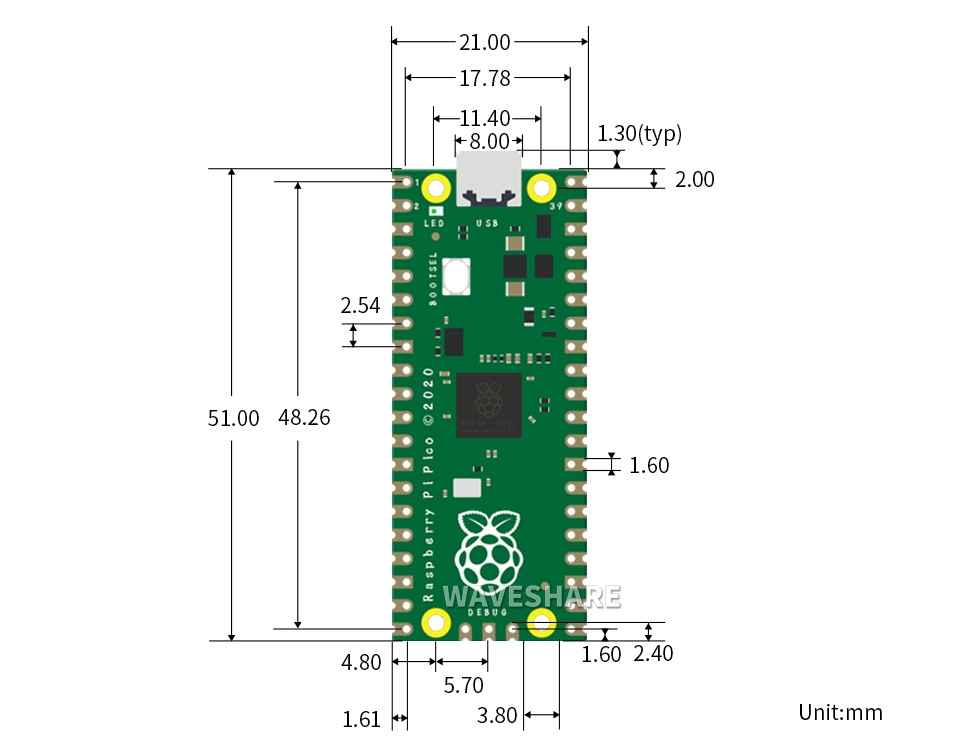


Based on what I saw at the feeder, I though getting a shot might prove difficult, given that the chickadees were prone to darting in, grabbing a seed, and departing just as quickly (I also marveled at how clean things were around the bird feeder. I had to travel North to observe this bird. The bird that Cornell Lab of Ornithology's All About Birds website calls "one of the first birds most people learn." Just not in my neck of the woods. Meet Poecile atricapillus, the black-capped chickadee. Finally, a couple of U-bolts and foam hold the frame to the neck of the tripod. Some plumbers straps hold the screen in place via the mounting holes on the back, and some wood screws into the frame. Wood glue and nails hold the frame together, and I chiseled out a ledge for the Raspberry Pi display to rest on.

I had some scrap pieces of wood to make a frame. Since I was using a DSLR on a tripod, I decided to mount the display, which holds the Raspberry Pi behind it, to the tripod neck, just below the camera (which is where the subjects should be looking, anyway). Unlike other photo booths which wrap everything up in a box or some such, I opted for a minimalist approach. The whole application is written in Python 2.7 with a Kivy front end. The composites are manually scp'd off the Pi occasionally, put on an SD card, and printed on a Canon Selphy CP910. Photos are downloaded to the Pi, re-sized, and composited together with a logo using ImageMagick. The Pi controls a Canon 300D / Digital Rebel DSLR over USB using gphoto2. The photobooth is a Raspberry Pi with an attached 7-inch touch screen for user interface and input.


 0 kommentar(er)
0 kommentar(er)
